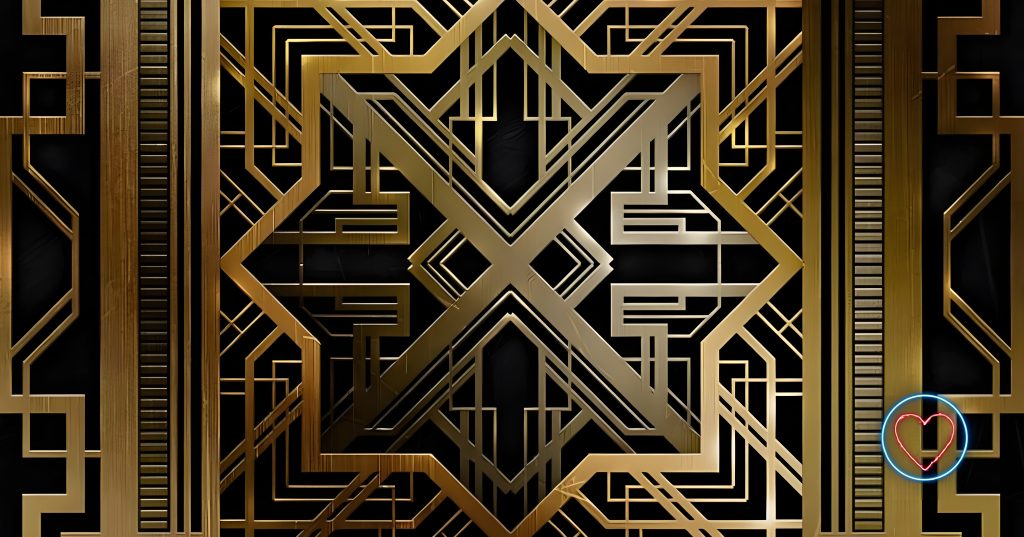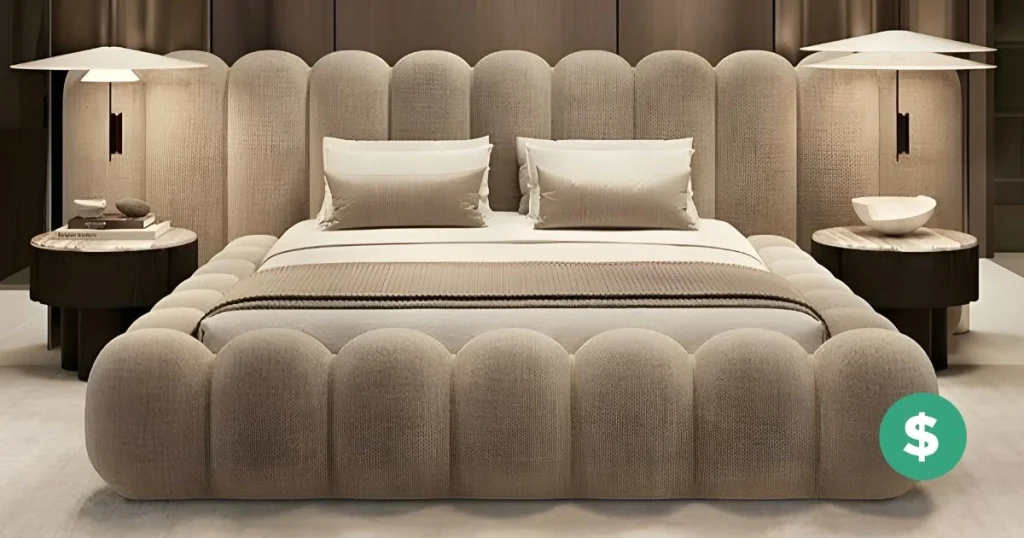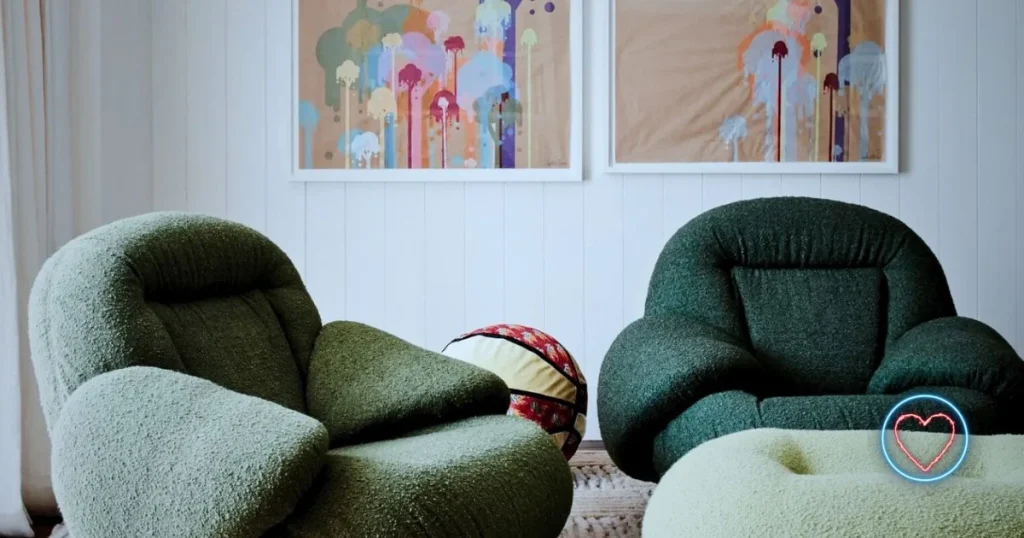Art Deco, a design movement that emerged in the early 20th century, continues to captivate audiences with its blend of luxury, modernity, and geometric precision. Originating in Paris, it gained global recognition after the 1925 Exposition Internationale des Arts Décoratifs et Industriels Modernes. Since then, Art Deco has left a lasting impression on architecture, fashion, interior design, and decorative arts. This article explores the movement’s origins and traces its influence across design history and into the modern day.
Origins and Historical Context
Art Deco developed in the wake of World War I, during a period when society craved renewal and forward-thinking ideals. Drawing from Cubism, Futurism, and ancient Egyptian and Aztec art, the movement embraced innovation while still honoring craftsmanship and luxury.
The 1925 Paris Exposition was a defining moment. It introduced the world to Art Deco’s core characteristics: symmetry, sleek lines, and rich materials like chrome, lacquer, and exotic woods. As a result, Art Deco quickly spread beyond France and influenced design on a global scale.
Architectural Impact
One of Art Deco’s most visible contributions is in architecture. The style is defined by clean lines, vertical emphasis, and ornate detailing. Buildings in this style often reflect a belief in progress and optimism for the future.
In the United States, landmarks such as New York’s Chrysler Building and the skyline of Miami’s South Beach showcase the elegance and dynamism of Art Deco architecture. These structures frequently use materials like stainless steel, aluminum, and glass, underscoring the era’s fascination with industry and innovation.
Beyond the U.S., the movement adapted to local tastes. For instance, Paris’s Théâtre des Champs-Élysées incorporated early Art Deco design, while Mumbai and Shanghai developed unique regional expressions. The versatility of the style helped it flourish across different cultural and architectural contexts.
Influence on Fashion
Art Deco had a significant impact on fashion, particularly in the 1920s and 1930s. During this period, clothing began to reflect the movement’s emphasis on form, symmetry, and luxury. Designers such as Jeanne Lanvin and Coco Chanel led the way, creating garments with clean silhouettes, bold patterns, and fine fabrics.
One of the most iconic examples of Art Deco fashion is the flapper dress. Its straight cut, sequins, and fringe captured the spirit of freedom and rebellion that defined the era.
Accessories followed suit. Jewelry designers like Raymond Templier and René Lalique produced striking pieces with geometric shapes and contrasting materials. They frequently used onyx, jade, platinum, and diamonds, combining modern techniques with ancient motifs.
Interior Design and Decorative Arts
Art Deco also transformed interior design. Spaces from this era were lavish yet modern, with an emphasis on symmetry and clean structure. Materials such as chrome, lacquered wood, glass, and mirrors dominated the interiors, creating reflective and luxurious environments.
Bold color palettes—often using black, gold, red, and deep green—enhanced the drama of Art Deco spaces. Additionally, patterns featuring zigzags, chevrons, and sunbursts added visual energy.
The decorative arts thrived during this time. Artisans crafted everything from ceramics to clocks and lamps with careful attention to detail. Many objects fused functionality with beauty. Often, these pieces incorporated exotic influences from Africa, Asia, and Latin America, reflecting a fascination with global cultures and travel.
Contemporary Resurgence
Today, Art Deco is enjoying a renaissance. Many contemporary architects and interior designers are incorporating Art Deco elements into modern structures. Sleek lines, stylized motifs, and luxurious materials are once again in vogue.
New buildings sometimes mimic the silhouette and details of classic Deco towers while using cutting-edge materials. In interior design, metallic finishes, velvet upholstery, and geometric light fixtures help bring a sense of Art Deco glamour to modern homes.
The fashion world has also re-embraced Deco. High-end designers frequently revisit its geometric shapes, structured tailoring, and opulent detailing. As a result, recent collections often feel both nostalgic and forward-looking.
Even graphic design and branding have drawn from the Art Deco playbook. Fonts, logos, and layouts inspired by the movement appear in everything from movie posters to luxury packaging.
Lasting Legacy
So why does Art Deco continue to resonate? One reason is its balance of form and function. The style combines beauty with purpose, creating designs that are both pleasing to the eye and enduring in their practicality.
Moreover, Art Deco offers a unique blend of tradition and innovation. It respects craftsmanship but embraces new materials and technologies. It reflects cultural exchange while maintaining a coherent identity.
Importantly, the movement’s ability to adapt to different contexts has contributed to its longevity. Whether in a New York skyscraper, a Shanghai hotel, or a modern fashion line, the essence of Art Deco remains recognizable and compelling.
Conclusion
Art Deco has influenced global design for over a century. Its signature blend of geometry, luxury, and innovation left a permanent mark on architecture, fashion, interior design, and the decorative arts. From its origins in post-war Paris to its revival in the 21st century, the movement has evolved without losing its visual identity.
As more creatives draw inspiration from its forms and philosophies, Art Deco continues to shape how we define style, elegance, and modernity. Indeed, its lasting legacy reminds us that good design is timeless—and that beauty and function can coexist in powerful, inspiring ways.


